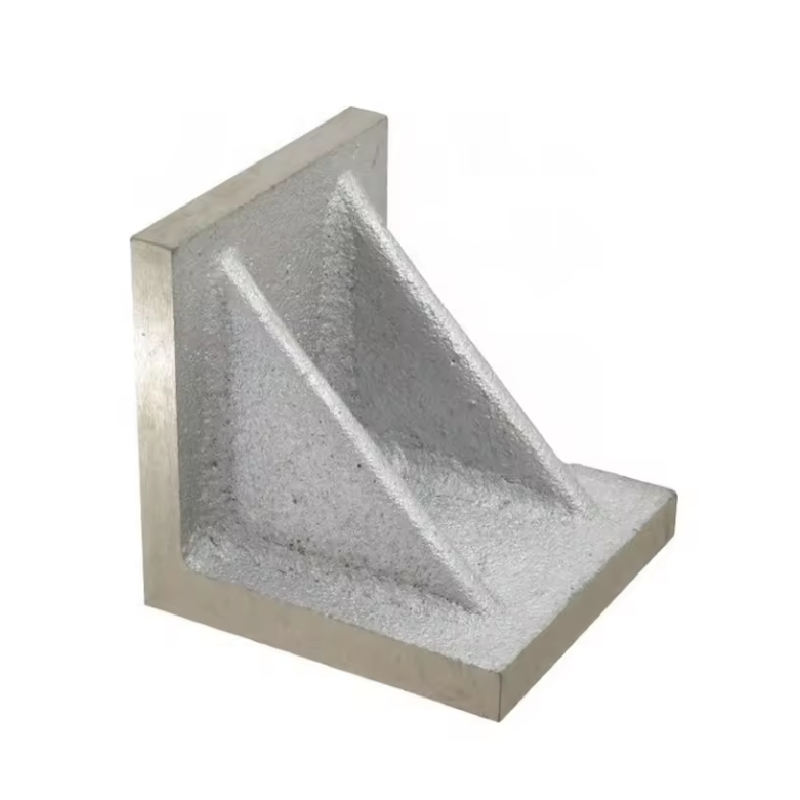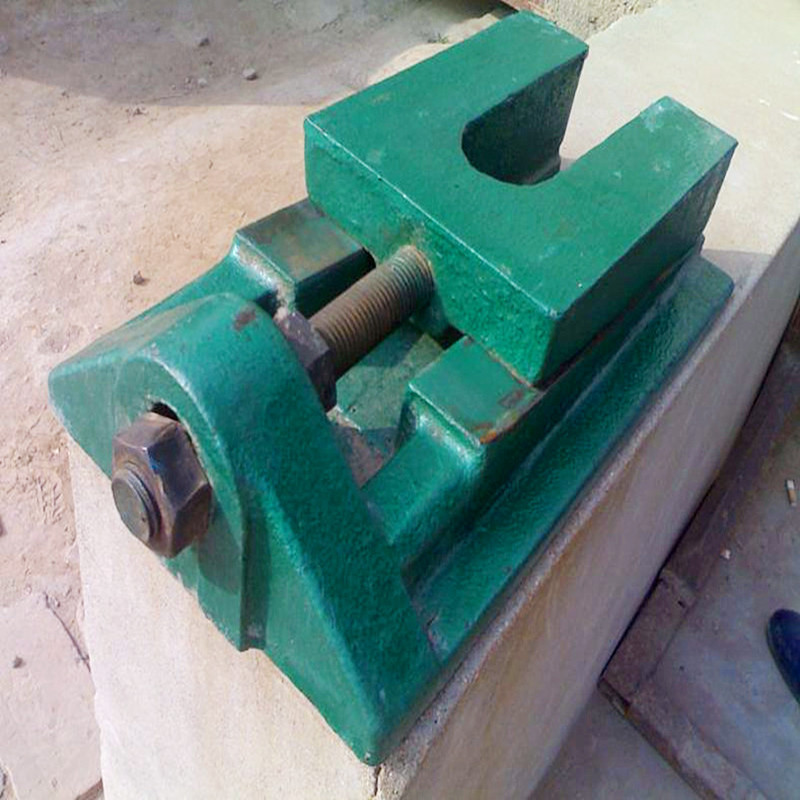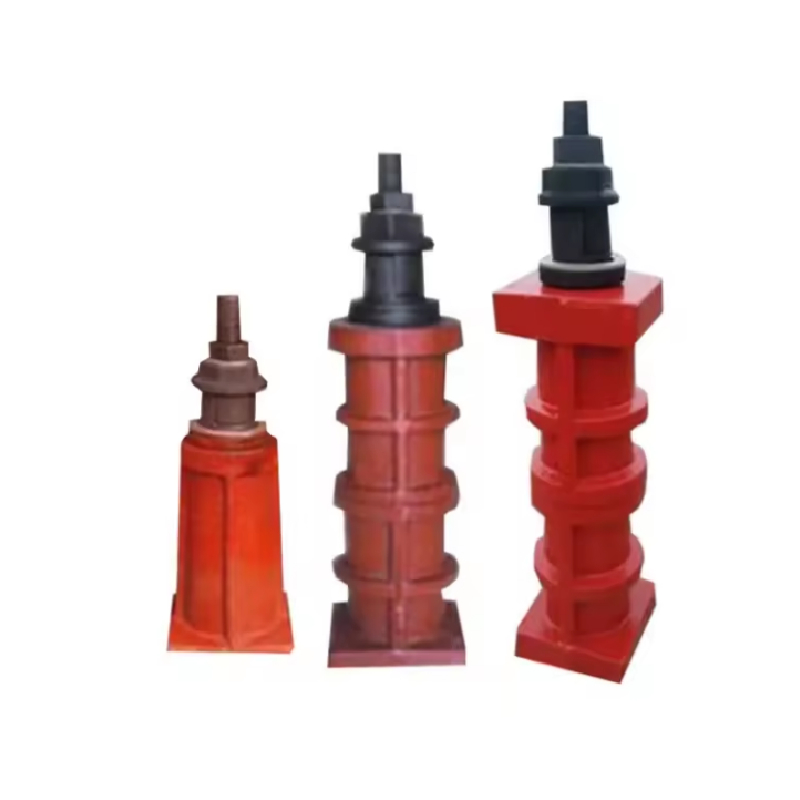Jul . 25, 2025 15:09 Ku laabo liiska
Types of Strainer in Piping Systems
Strainers are essential components in piping systems, designed to remove debris and protect downstream equipment. Among the various types of strainer, the Y type strainer and cast iron Y strainer are widely used due to their efficiency and durability. This article explores different strainers, their applications, and why flanged strainer are a preferred choice in industrial settings.
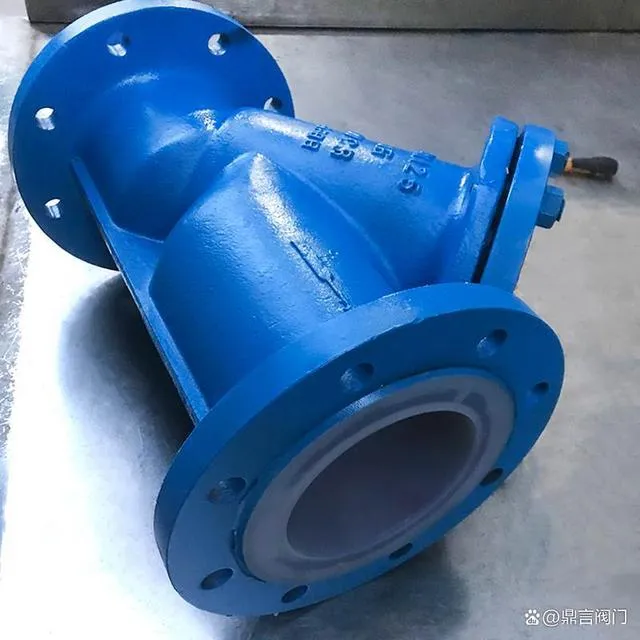
Understanding Different Types of Strainer
Strainers are classified based on design, material, and application. The most common types of strainer include:
Y Type Strainer – Named for its Y-shaped body, this strainer is ideal for high-pressure systems and can be installed horizontally or vertically.
Basket Strainer – Used in large-flow applications, it has a removable basket for easy cleaning.
T-Type Strainer – Similar to Y-type but with a T-shaped design, often used in steam applications.
Cast Iron Y Strainer – A robust variant made from cast iron, suitable for water and gas pipelines.
Flanged Strainer – Features flanged ends for secure bolting in high-pressure systems.
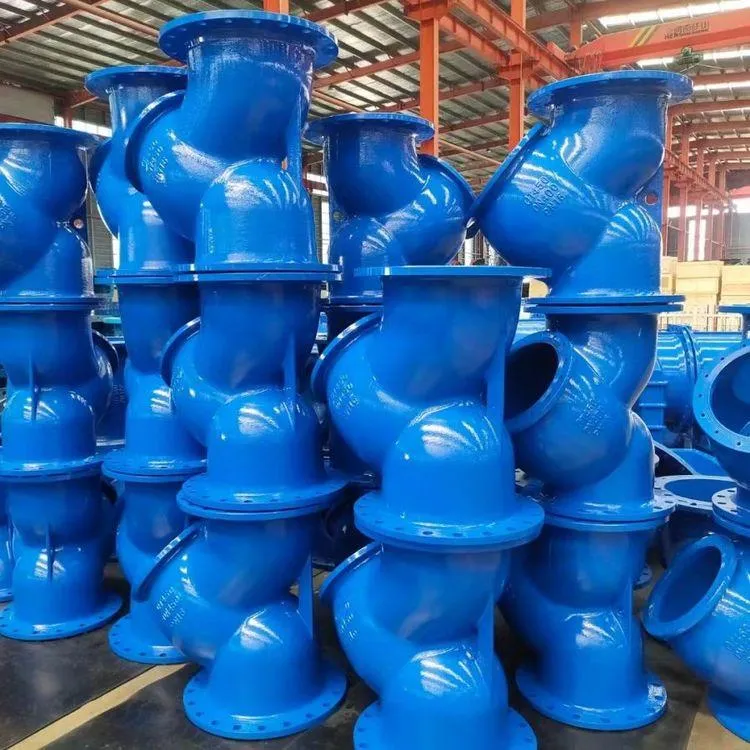
Each type serves a specific purpose, ensuring smooth fluid flow while preventing damage to pumps and valves.Another type is the Screen Strainer, which employs a series of perforated screens to trap particles. It is highly effective in filtering out smaller contaminants and is commonly used in applications requiring fine filtration. The Pipe Strainer, on the other hand, is designed to be directly welded or threaded into the pipeline, providing a low-maintenance and compact solution for particle removal. Lastly, the Duplex Strainer features two chambers, allowing one chamber to be cleaned while the other remains in service, ensuring continuous flow without interruption.Each of these strainers comes with its unique set of benefits and is chosen based on the specific requirements of the piping system. For instance, the Screen Strainer's fine filtration capabilities make it ideal for applications in the food and beverage industry, where even minute particles can compromise product quality.The Pipe Strainer's compact design and ease of installation make it a popular choice for tight spaces and systems where minimal disruption is crucial. Its durability and low-maintenance requirements further enhance its appeal, especially in industrial settings where downtime needs to be minimized.The Duplex Strainer's dual-chamber design is a game-changer in critical applications where uninterrupted flow is paramount. By allowing for continuous operation during cleaning cycles, it ensures maximum uptime and efficiency. This feature is particularly advantageous in large-scale industrial processes and municipal water treatment facilities.Choosing the right strainer for a piping system involves considering factors such as fluid characteristics, operating pressure, temperature, and the size and nature of contaminants. Understanding these parameters and matching them with the appropriate strainer type is essential for maintaining system integrity and optimizing performance.

Key Features of Types of Strainer
The Y type strainer is a popular choice due to its compact design and high filtration efficiency. Key characteristics include:
Compact & Space-Saving – Its Y-shaped body fits easily into tight spaces.
High-Pressure Resistance – Can withstand pressures up to 150 PSI (or higher in industrial models).
Easy Maintenance – The strainer screen can be cleaned without disassembling the entire pipeline.
Versatile Installation – Works in both horizontal and vertical pipelines.
A cast iron Y strainer is particularly useful in water and gas applications due to its corrosion resistance and durability.
Advantages of Types of Strainer
Flanged strainer are widely used in industrial applications due to their secure connections and high-pressure handling capabilities. Benefits include:
Leak-Proof Design – Flanged connections ensure a tight seal, preventing leaks.
High Durability – Made from materials like ductile iron or stainless steel for long-term use.
Easy Installation & Removal – Bolted flanges simplify maintenance and replacement.
Wide Compatibility – Suitable for various pipe sizes (DN15 to DN400).
Industries such as oil & gas, chemical processing, and water treatment rely on flanged strainers for efficient filtration.
Choosing the Right Types of Strainer for Your System
Selecting the appropriate strainer depends on several factors:
|
Parameter |
Consideration |
|
Fluid Type |
Water, oil, gas, or chemicals |
|
Pressure Rating |
Low (PN10) to high (PN40) |
|
Qalab |
Cast iron, stainless steel, or bronze |
|
Connection Type |
Threaded, flanged, or welded |
|
Mesh Size |
10-480 mesh, depending on particle size |
For example, a cast iron Y strainer is ideal for water pipelines, while a flanged strainer in stainless steel is better for corrosive chemicals.
Types of Strainer FAQs
What is the primary function of a Y types of strainer?
The Y type strainer filters out solid particles from liquids or gases, protecting pumps, valves, and other equipment from damage.
Can a cast iron Y types of strainer be used for steam applications?
Yes, but it must be rated for high temperatures. For steam, stainless steel Y type strainer are often preferred.
How often should a types of strainer be cleaned?
Cleaning frequency depends on the fluid’s contamination level. Inspect monthly and clean when pressure drop increases.
What is the difference between a Y types of strainer and a basket strainer?
A Y type strainer is compact and used for high-pressure systems, while a basket strainer has a larger capacity for high-flow applications.
Are flanged types of strainer suitable for high-vibration environments?
Yes, flanged strainer with reinforced connections can withstand vibrations in industrial settings.Choosing the right types of strainer—whether a Y type strainer, cast iron Y strainer, or flanged strainer—ensures optimal pipeline performance and equipment longevity. Wholesalers and industrial buyers should consider flow requirements, pressure ratings, and material compatibility when selecting strainers.For high-quality Y type strainer and flanged strainer, contact us today to place your order and enhance your piping system’s efficiency!
-
Heavy Duty Knife Gate Valve PerformanceWararkaJul.25,2025
-
Choosing Between Gate and Globe Gate Valves for Optimal PerformanceWararkaJul.25,2025
-
Cast Iron Y Strainer DurabilityWararkaJul.25,2025
-
Ball Style Check Valve MaintenanceWararkaJul.25,2025
-
Types of Strainer in Piping SystemsWararkaJul.25,2025
-
The Role of Master Ring Gage in Quality Control SystemsWararkaJul.25,2025
Alaabooyinka La Xiriira




